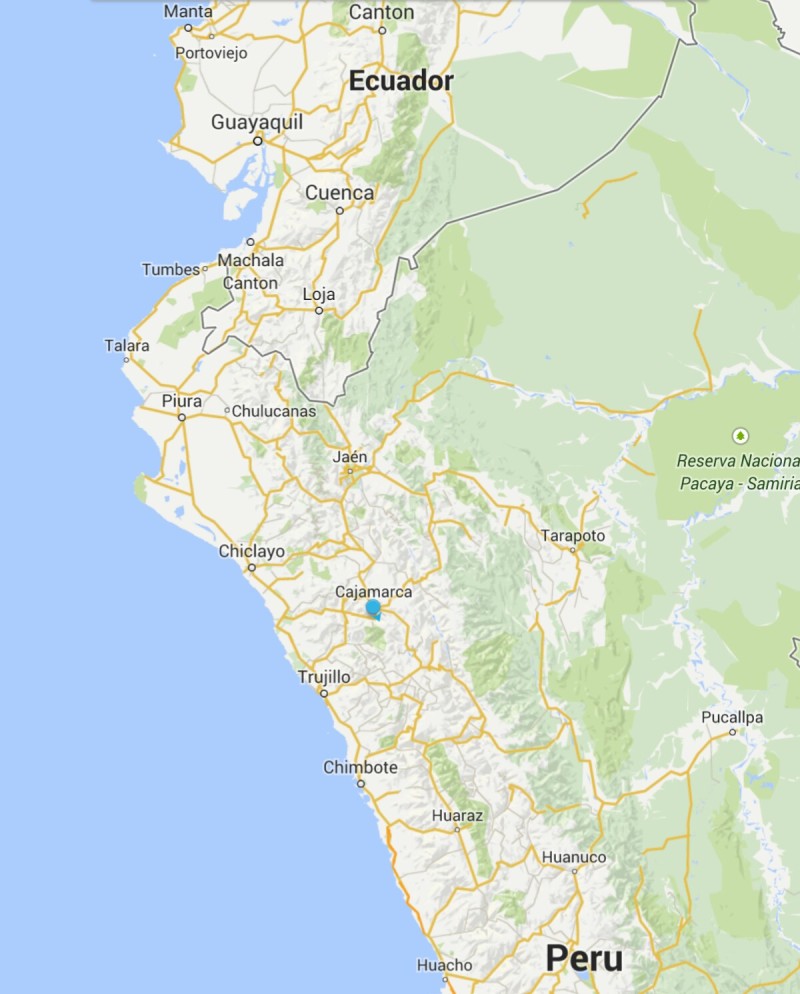Spinning upwards into whiteness, mud hurled everywhere. Ground saturated, movement possible only by dropping tire pressure and pedaling in an ever lower gear. Andean rainy season in all of its menace. Paul just visible ahead, a vague bicycle shape silhouetted against a background of mist.
3 hours of climbing in rain just light enough to make everything damp, find a stream gushing water and call it quits for the day. Set up camp fingers trembling, don’t care how much the ground slopes, will get in later and sleep contorted to avoid the larger lumps. Peel off wet clothes and open the drybag protecting the warm stuff, only to find it wasn’t closed properly, and that stuff is a little damp too. But less so, so it’s ok. Slide into sleeping bag and lie there getting warm, an hour and a half rest before going back outside for dinnertime.



